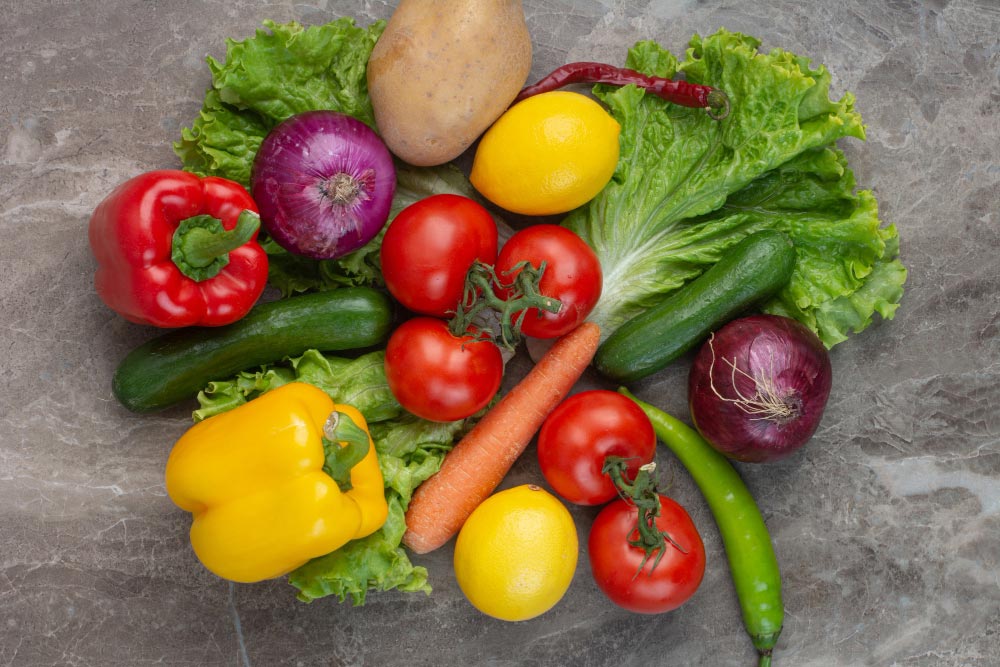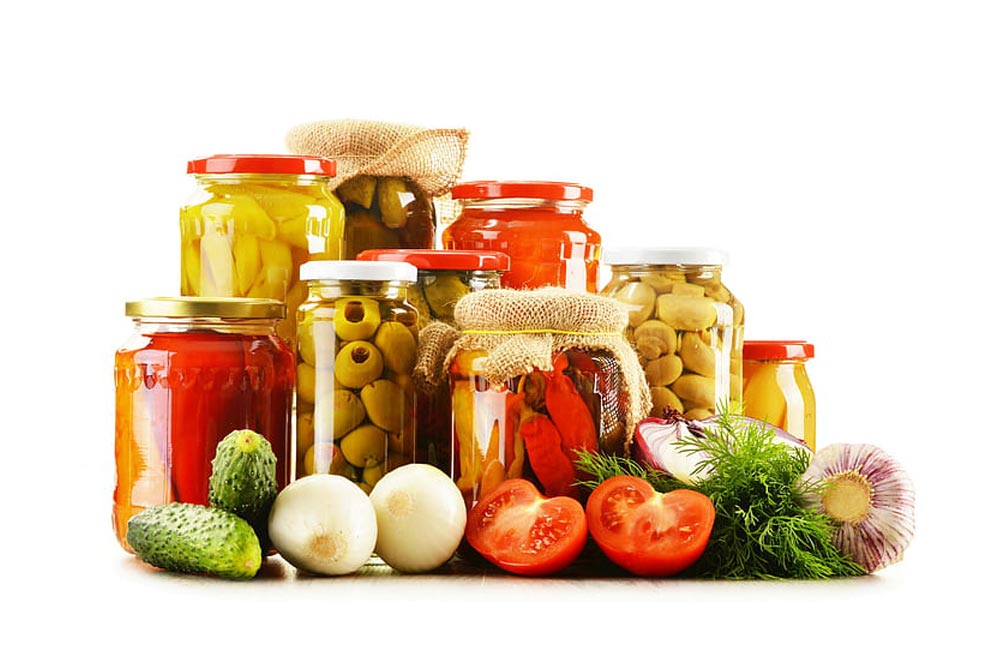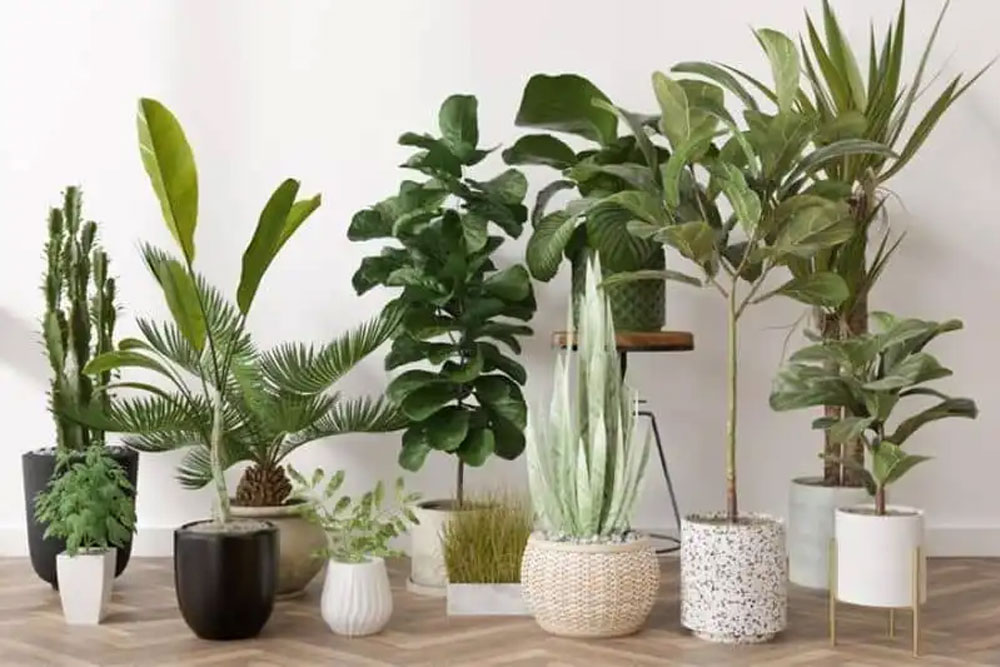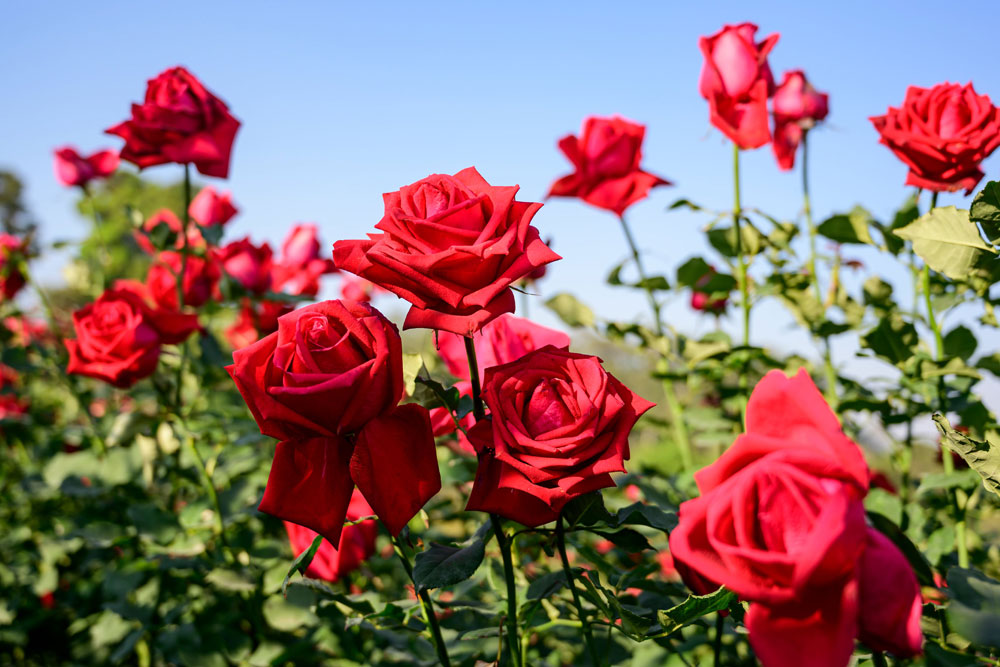

Chemistry in the kitchen
Some foods are advertised as aphrodisiacs but this is not about that. I always loved chemistry in school and lab experiments was something to get overtly excited about. Now I get to try out experiments in the kitchen. To be honest, some of them turn out brilliantly, some ok and then there are the occasional failures. Like every profession, the life of a chef also has its ups and downs. Heat and playing with fire so to speak has left me with a few burns as well, literally and figuratively. When you fry, blend. marinade or steam spices, herbs and leaves together you can elevate the taste and the aromatics of a dish and ricochet it notches above, depending on your understanding of the chemistry of ingredients you’re putting or assimilating together. A pretty easy example is boiling potatoes in a fusion of cumin, turmeric powder, salt and chilli powder, then cutting them and frying them in Pure A2 Ghee. I guarantee you that these golden oodles of flavour will pretty much be the tastiest fried potatoes you can dish out on Planet Earth. Another easy breezy way of infusing oil with flavour and punch is to add finely cut green chilli, finely cut stems of cilantro, finely chopped garlic and ginger. This oil can be used for Pulao, Biryani rice and even the base of Thai dishes.
Cinnamon, cardamom, cloves, pepper and bay leaves tempered in hot oil is also used for Biryani rice as well as different Moghlai, and North Indian dishes.
Even a fusion of herbs like oregano, basil, rosemary and dried parsley with butter can make a much tastier pasta sauce. A recipe is a well thought out chemistry experiment gone right, and not south. Try out your own—for breakfast, lunch or dinner. Alone, or under the expert sensory stimulation of a trained chef, it can be a wonderful and enjoyable experiment.



